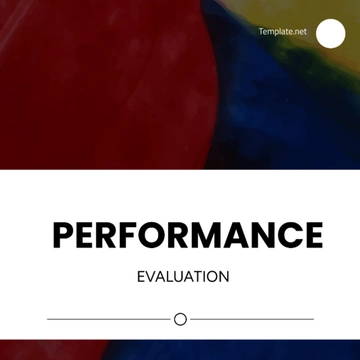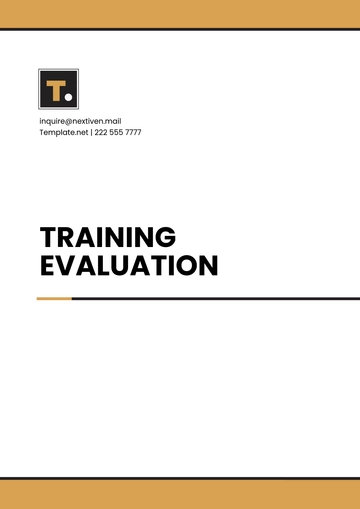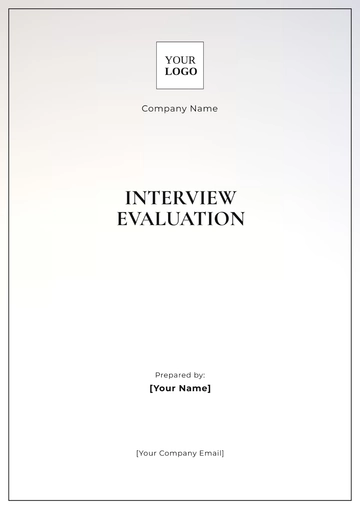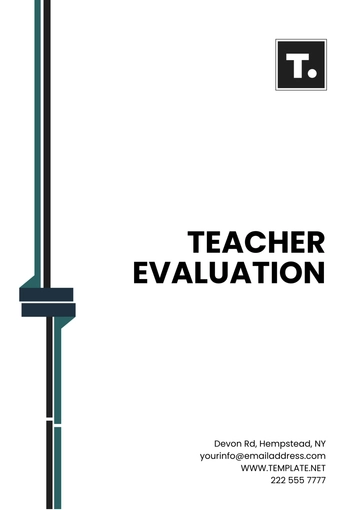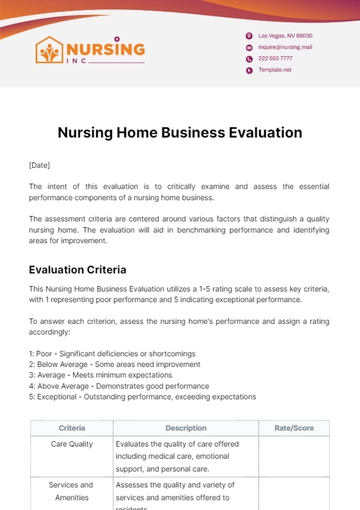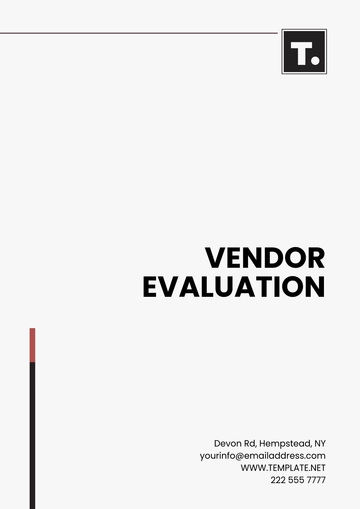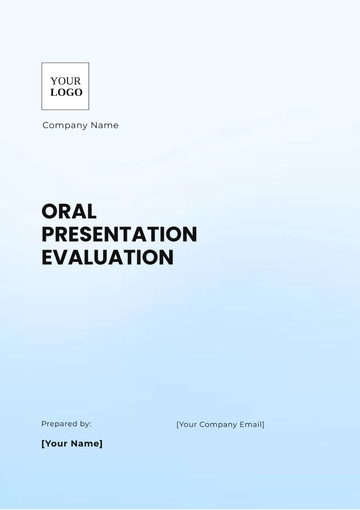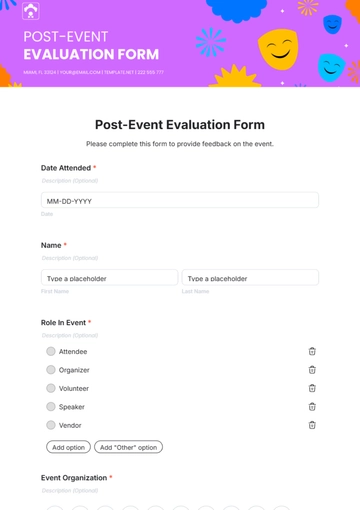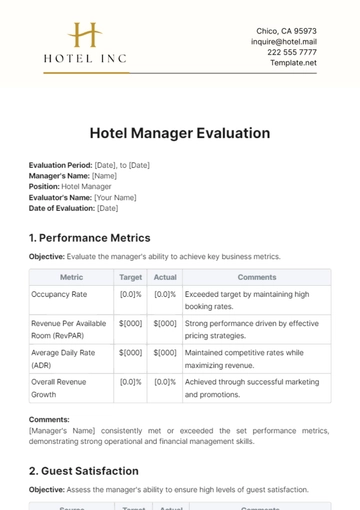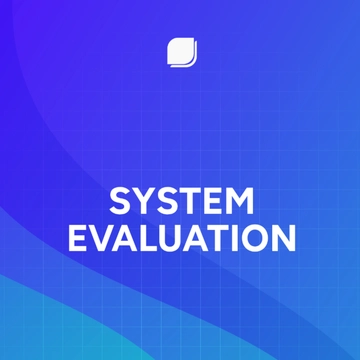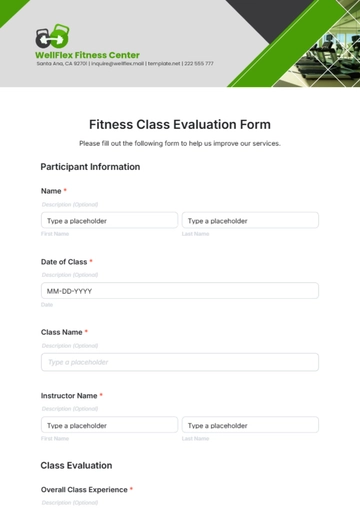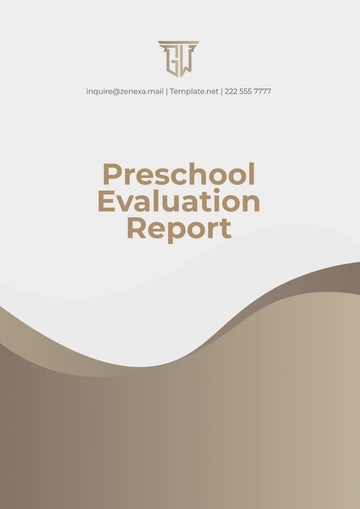Free Job Evaluation Report
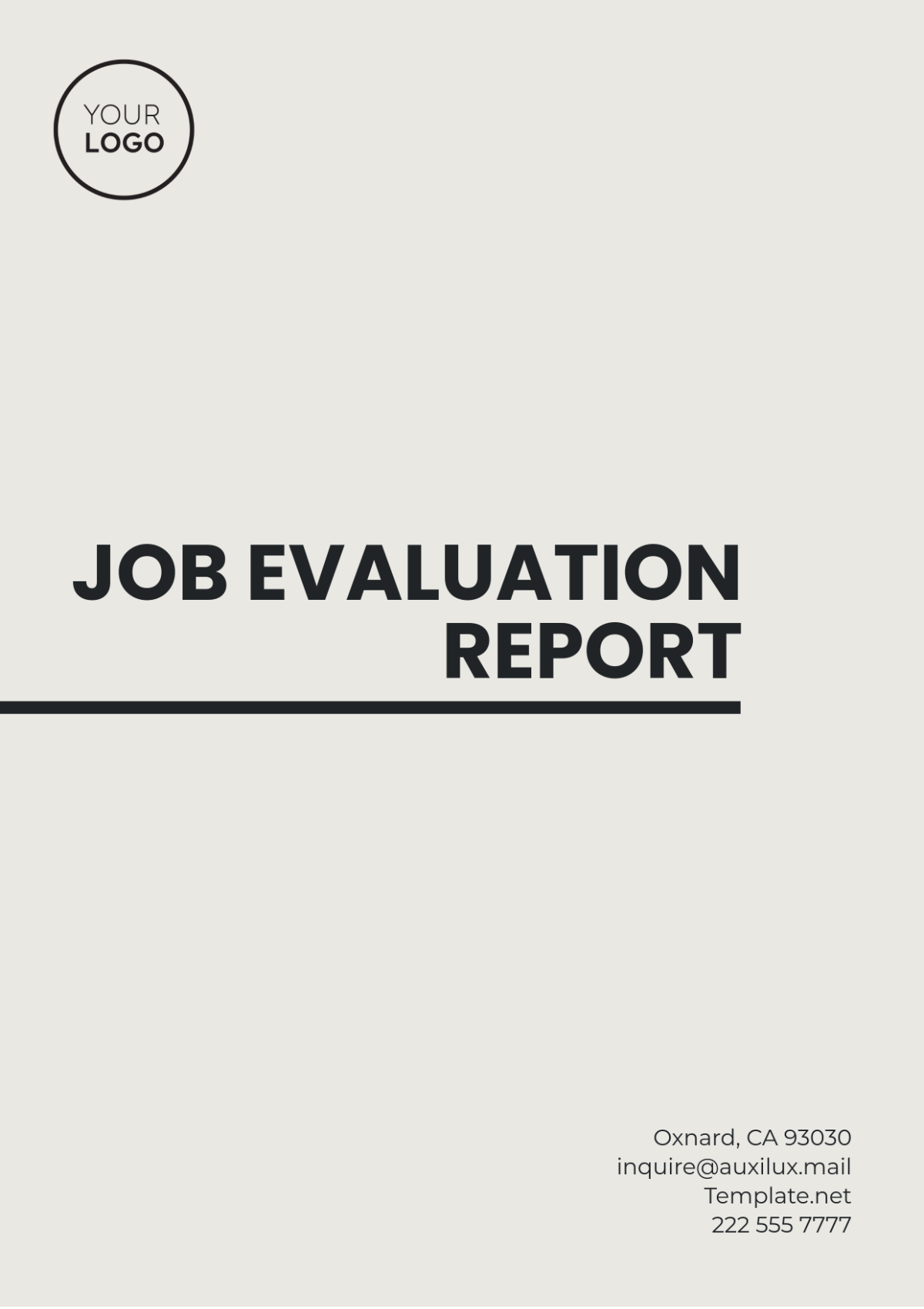
Prepared By: [Your Name]
Company: [Your Company Name]
Date: July 1, 2050
I. Introduction
This Job Evaluation Report provides a comprehensive analysis of the job roles within the organization, focusing on their responsibilities, required qualifications, compensation, and overall value to the company. Job evaluations are crucial for maintaining fairness, competitiveness, and motivation among employees. This report serves as an essential tool for effective human resource management, helping to align job roles with organizational objectives.
II. Objectives
The primary objectives of this job evaluation are to:
Determine the relative worth of different jobs within the organization.
Ensure equitable and competitive compensation structures.
Identify potential areas for job role enhancements and training opportunities.
Facilitate a better understanding of job roles and responsibilities among employees and management.
III. Methodology
The job evaluation process followed a systematic approach to ensure objectivity and consistency. The methodology included:
Job Analysis: An in-depth analysis of each role was conducted to understand the duties, responsibilities, and skills required. This involved reviewing job descriptions, conducting interviews with incumbents, and obtaining inputs from supervisors.
Job Ranking: Each position was ranked relative to others based on a set of predetermined criteria, including decision-making authority, communication requirements, and technical expertise. Brief justifications for the rankings were provided to clarify the evaluation process.
Point-Factor Method: This method involved assigning points to various compensable factors such as skill, effort, responsibility, and working conditions. A scoring system was used to quantify the value each job contributes to the organization.
IV. Findings
4.1 Job Evaluation Results
The table below summarizes the job rankings, illustrating the relative positions of jobs within the organization:
Job Title | Points | Rank |
|---|---|---|
Executive Manager | 850 | 1 |
Senior Engineer | 750 | 2 |
Software Developer | 700 | 3 |
Technical Support | 600 | 4 |
Junior Analyst | 550 | 5 |
4.2 Compensation Analysis
The report identified discrepancies in compensation levels for certain roles. A comparative analysis against industry benchmarks revealed the following:
Executive Manager: Conduct a salary review to ensure alignment with industry benchmarks.
Senior Engineer: A moderate salary increase is suggested to reflect competitive market rates, based on data from recent salary surveys.
Technical Support: Identify specific training opportunities to enhance skill sets, thereby justifying potential compensation increments.
V. Recommendations
Based on the findings, the following recommendations are made to improve the job evaluation process and address identified issues:
Regular Review of Job Descriptions: Establish a consistent schedule for reviewing and updating job descriptions to ensure roles and responsibilities remain current and accurately reflect the positions.
Consistent Application of Evaluation Methodology: Ensure that the evaluation methodology is consistently applied to all new and updated roles to maintain fairness and transparency.
Periodic Compensation Benchmarking: Conduct regular compensation benchmarking studies, ideally on an annual basis, to maintain competitive salary structures and align with industry standards.
Implement Targeted Training Programs: Develop and implement training programs for job roles identified as requiring skill enhancements, particularly for Technical Support staff, to improve performance and justify compensation adjustments.
Establish an Implementation Timeline: Create a timeline for the implementation of the recommendations, outlining key milestones and responsible parties.
VI. Conclusion
This Job Evaluation Report highlights the essential role of structured evaluations in promoting fair and transparent compensation and clarity in job roles. By implementing the recommendations outlined, the organization can foster an equitable work environment, enhancing employee satisfaction and productivity. Additionally, maintaining competitive compensation and continuous training will position the organization as an attractive employer in the industry.
- 100% Customizable, free editor
- Access 1 Million+ Templates, photo’s & graphics
- Download or share as a template
- Click and replace photos, graphics, text, backgrounds
- Resize, crop, AI write & more
- Access advanced editor
Enhance your evaluation process with the Job Evaluation Report Template from Template.net. This fully editable and customizable template allows you to systematically assess job roles, responsibilities, and performance metrics. Designed for HR professionals, it provides a structured format to capture essential details and insights effectively. Tailor the content to your organization's needs, ensuring that evaluations are clear, comprehensive, and conducive to informed decision-making and continuous improvement.

